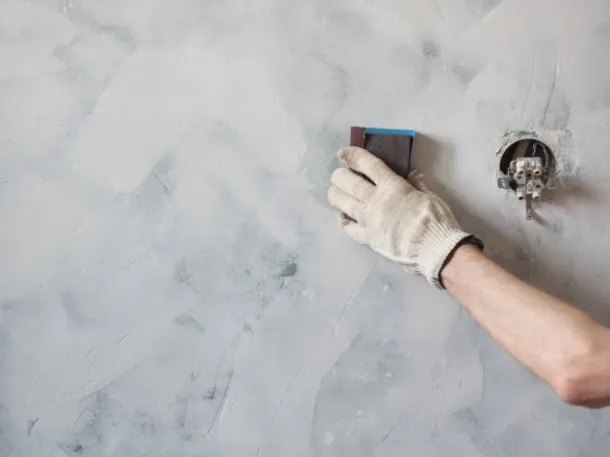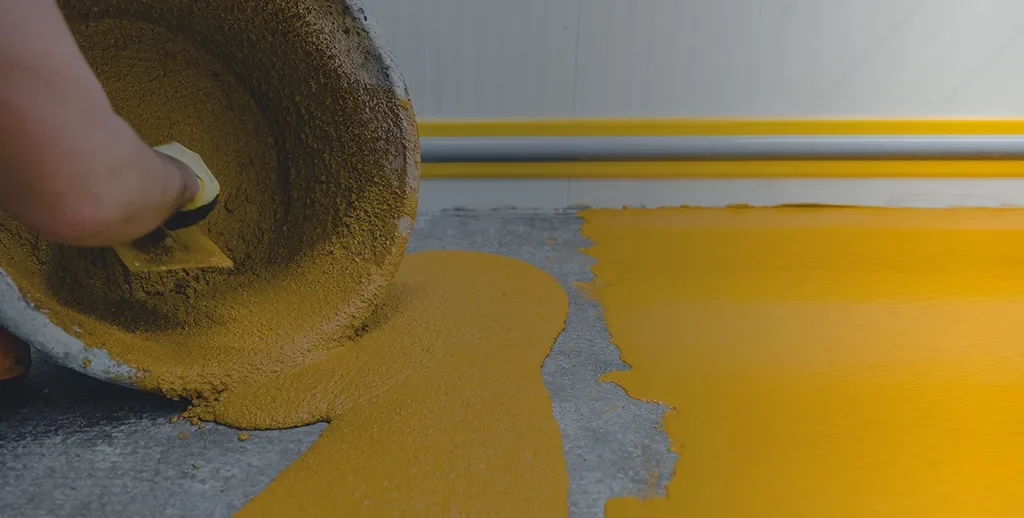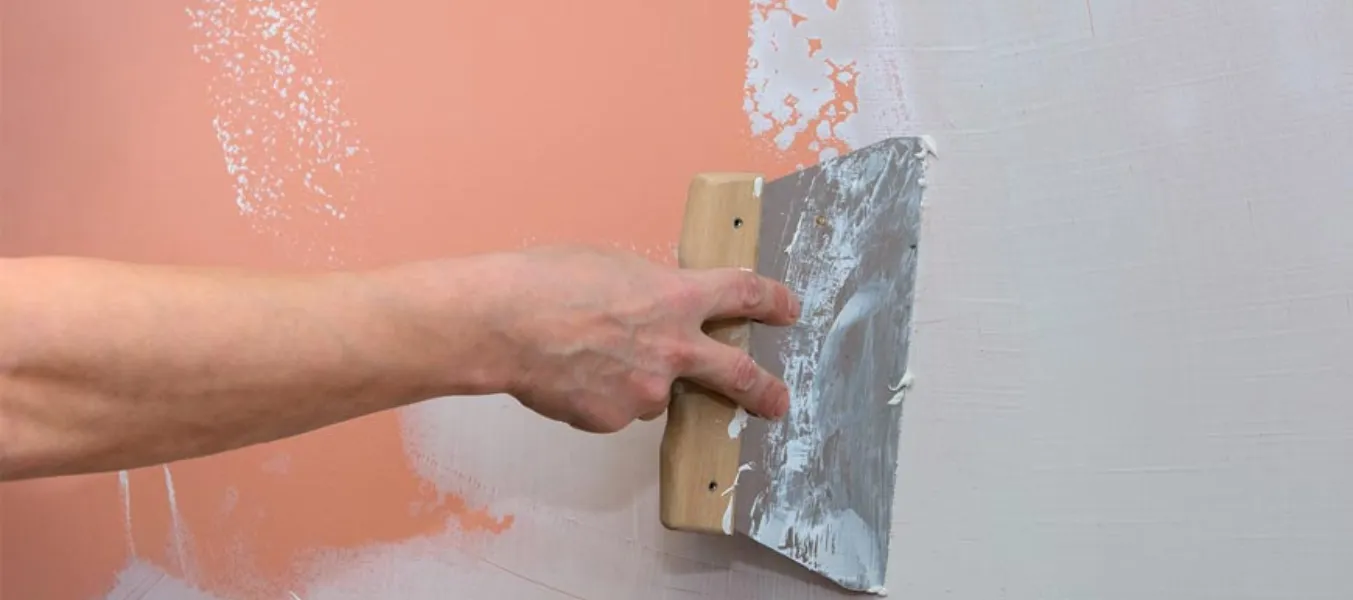Surface Preparation is often overlooked. Many people often think that it is simply a marketing gimmick for paint companies to sell more products. However, is Surface Preparation really vital? The short answer is, Yes.
Now you may think that the surface of your substrate (the object you’re painting) is clean, but even if it looks spotless, it probably still has dirt, mould, dust, or even old paint that will prevent your paint from properly adhering. And in the world of paint, strong paint adhesion is one of the keys to good coating performance. If the adhesion is weak, the coating system will consequently fail due to environmental conditions such as moisture, corrosive chemicals, sunlight, abrasion, impact, micro-organisms etc as the paint eventually peels off, exposing the bare substrate beneath.
To combat these conditions, a full range of Surface Preparation techniques such as cleaning, repairing, sanding, patching, masking, and priming can be used. These processes may be tedious, but they might end up saving you a fortune in repairs, or at least spare you a massive headache when things start falling apart. An estimated 80% of cases of paint failure can be traced back to bad surface preparation.
Why is Surface Preparation important?
Paint adhesion
A surface that is not properly prepared will affect your paint adhesion, i.e. how well the paint sticks to the substrate; eventually affecting the performance of your paint! Symptoms of poor adhesion include cracking, bubbling or even chipping over time, and can be caused by a number of factors including (but not limited to) an existing coat of paint, moisture, or even dirt!
Evenness of paint coat
If you fail to prime your surface before painting it, your paint might end up looking uneven and imperfect. Even more so if your surface has holes, pits, or uneven surfaces to begin with; be sure to seal those holes and even out the surfaces to ensure your paint is evenly applied across the entire surface.
Durability
Damp walls, dirt, and cracked surfaces can shorten the life of even the highest-quality paint in the market. Certain environments promote oxidation (which may lead to rust), eventually affecting the performance of your paint – be it in terms of aesthetics or protection or both.
Two-step Surface Preparation

Step 1: Remove loose material
Scale, dirt, oxide films, grease, mould etc should be removed thoroughly as this will reduce the adhesive strength of the paint. Depending on the substrate, you may opt for a variety of methods such as a simple wipe-down with a suitable cleaning agent, all the way to sand blasting to really get that ideal surface profile.

Step 2: Increase the surface area
This step typically involves increasing the roughness and anchor pattern of the surface to make the paint even more adhesive. Methods include using power tools like grinders or sand blasting once again (which would accomplish both cleaning and roughening up the surface)
How do you carry out Surface Preparation?
The best method to carry out a Surface Preparation depends on the type of wall/ surface you have as well as if there is any existing coat of paint. Speak to our Royalton & Berger representative for more information about what is the best method of Surface Preparation for you.




